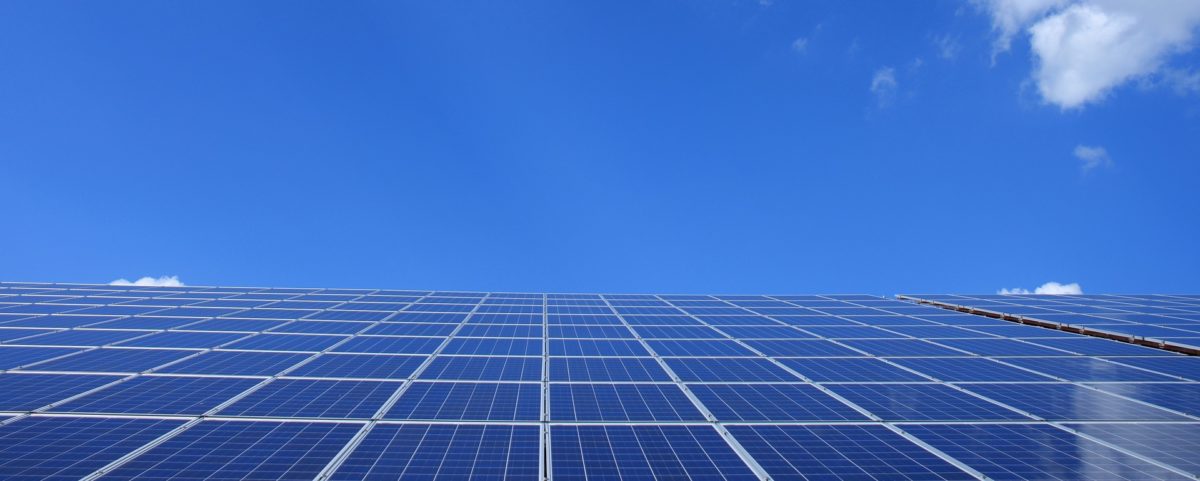The Government’s targets for solar pv and wind power need to be dramatically increased if net zero targets (by 2050) are to be reached. We need at least 100 GW of wind power by 2035 and 180 GW of solar pv, also by 2035, to stay on track with the 2050 target.
The UK Government has set a target of 70 GW of solar pv to be achieved by 2035, with a pathetic 14.3 GW having been installed by the end of 2022. The Government has a target of 50 GW of offshore wind to be installed by 2030 with no target for onshore wind. Currently, only 28GW of wind in total has been installed. New onshore wind in England is banned.
The figures of 180 GW of solar pv and at least 100 GW of wind power by 2035 are drawn from the LUT study of a 100 % renewable UK energy scenario that we published. This studied how the UK is to reach net zero greenhouse gas emissions by 2050. You can read about the report HERE.
Wind power has a much higher output per GW than solar pv, so in fact a lot more will be generated from the wind power capacity under the 100%RE scenario.
Although the Government is planning for a major nuclear power building programme and also on obtaining energy from fossil fuels using carbon capture and storage, little of these options seem likely to materialise. In the case of nuclear power it is far from certain that even Hinkley C nuclear power plant will be generating by 2035 – never mind any other nuclear power. Electricity production using carbon capture and storage has not even been shown to work properly yet.
Hence the only possible path for hitting the needed emission reductions by 2035 is to greatly ramp up the targets for both wind and solar power – and also greatly intensify efforts to install heat pumps and other efficiency measures. – The same targets that are needed for a 100 per cent renewable energy scenario. Contracts needed to achieve this need to be issued to developers in necessary volumes. Moreover there needs to be rapid investment in grid connections necessary for these targets to be reached.
Achieving the renewable energy targets discussed here should not actually cost consumers much money, if at all anything. Wind and solar are now much cheaper than energy from fossil fuels. Hence savings ought to be ploughed into building up the electricity transmission and distribution systems to accommodate wind and solar power.
The Government also needs to avoid bowing to pressure from lobbyists who oppose windfarms and solar farms. We currently have a ban on windfarms in England which needs to be reversed. The Government said it would reverse the ban, but very little has in fact happened. Wind power is the most heavily restricted of any energy technology despite it being among the most popular according to government opinion surveys.
There is also pressure (from anti-solar farm campaigners) to meet Government targets on solar pv by focussing on solar pv on buildings rarther than solar farms. But we need a lot more of both types of solar pv! Last year during the brief Truss regime plans were issued (but thankfully then cancelled) for most solar farms to be effectively banned by regrading the land upon which they are usually sited.
In fact the UK has the lowest level of solar pv installation per person of the major western Europeam countries. The Government’s targets for and deployment of solar pv are already hopelessly inadequate, so canceling the ability of solar developers to plan solar farms will make the situation even worse!
By David Toke
You can see the youtube recording of our seminar on 100percent renewable energy for the UK held in London on April 22nd HERE
Speakers at the event were: introduction by Caroline Lucas MP, David Toke, Ian Fairlie (both 100percentrenewableuk), Professor Christian Breyer (LUT University), Dr Doug Parr (Greenpeace), Alethea Warrington (Possible), Rianna Gargiulo (Friends of the Earth and Divest UK), Charmian Larke (Atlantic Energy), Jonathon Porritt, Professor Mark Barrett (UCL), Professor Dave Elliott, Professor Nick Eyre (University of Oxford), Alison Downes (Stop Sizewell C), Kate Hudson (CND) and Dave Andrews (Claverton Group)
